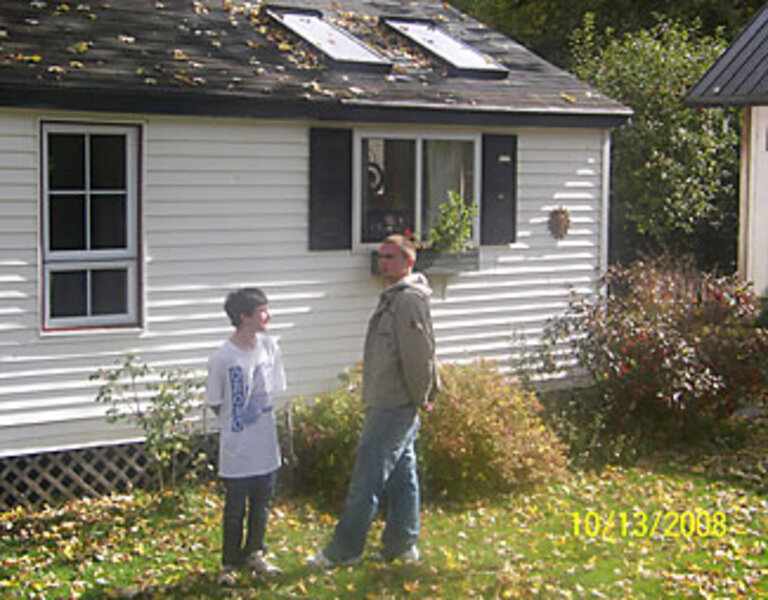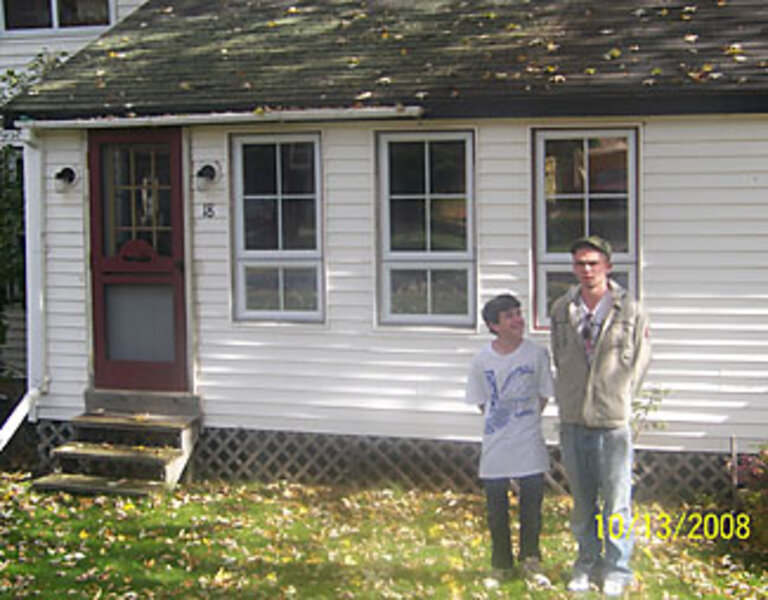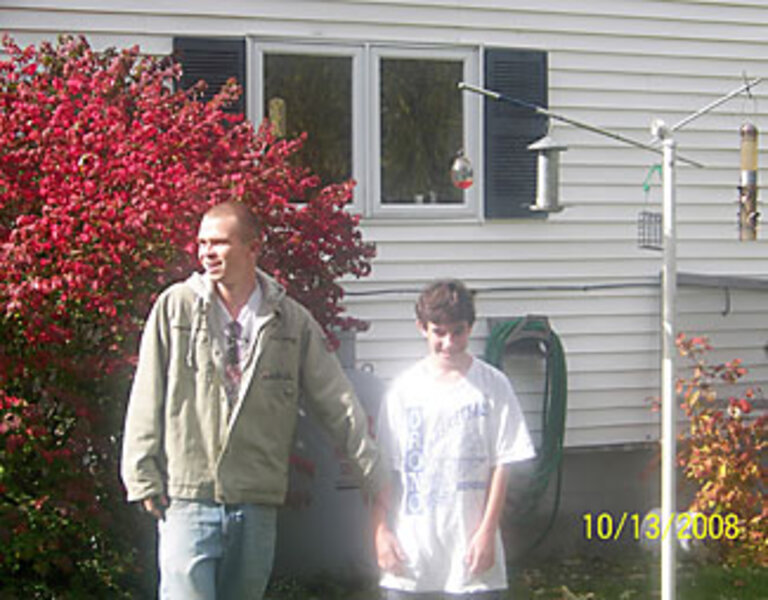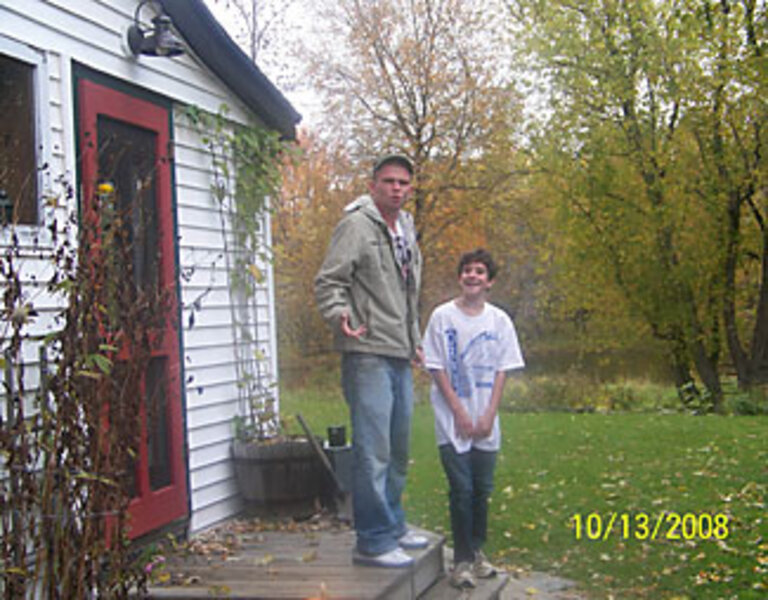Want to see 250 photos of my kids?
Loading...
I held out as long as I could. The Yashica 35 mm SLR that I had bought in 1978 was still functioning just fine, delivering photographs of high quality. I had to manually set the shutter speed and lens aperture, as well as focus by hand, but the results of those efforts were generally very, very good. And when I pressed the button for a shot, the effect was like springing a trap – the closing of the shutter left no doubt that a picture had been snapped: It sounded like a hammer striking an anvil, lacking only a spark to make the experience complete.
About a year ago, the 8-year-old son of a friend of mine saw me taking a picture with my Yashica. He asked if he could see the camera. When I handed it to him, he hefted it and stared, flummoxed, at the rear end of the device. "Hey, where's the picture you just took?" he asked. "I can't see anything."
"It's still in the camera," I told him.
"But what if I want to review it?" he asked.
I smiled in silly embarrassment. "You can't," I said. As it was the end of the roll, I rewound the film by hand by turning a little crank. He got a kick out of that. Then I popped the back of the camera open and removed the film canister. "Now I have to drive to the pharmacy, put this in an envelope, and send it to a photo laboratory. In three days the pictures will come back, and we can look at them."
His response: "You're kidding." But what he was really saying was, "You dinosaur."
When digital cameras started to become common some years back, I looked at them with curiosity. But they were expensive and, compared to a film camera, not as dynamic: When you pushed the shutter button you often didn't hear or feel anything. Rather than the hammer-and-anvil effect of my Yashica, the digital shutter release was as fulfilling as pressing my finger against the wall.
But, paradoxically perhaps, there was something else that put me off about these cameras – the sheer number of images one could record. My traditional Yashica could accept a roll of 12, 24, or 36 shots. This meant that I had to choose my subjects and the moments I wished to record with care for fear of wasting precious frames. But digital cameras can capture hundreds of images. This leads, inevitably, to what I call "shutter finger" and the recording of a lot of, er, fluff.
I was once the victim – I mean, observer – of a friend's travelogue. She had just returned from a trip to Europe and had loaded her digital images onto her desktop computer. She invited me to view them. Yes, there was a nice image of the Leaning Tower of Pisa, but there were also these shots: Amy (not her real name) in front of the tower, Amy alongside the tower, Amy pointing to the tower, Amy looking sideways at the tower, and Amy walking around the tower. She later remarked that the beauty of digital photography was that she could delete any unnecessary images. She must have read my mind.
I don't mean to be unkind. It's human nature to exploit a resource when it seems unlimited. And digital photography does allow us to take a gazillion pictures in rapid succession in the hope of finding a few incomparable shots – and then deleting the rest!
This aspect revealed itself to me when my son Alyosha was playing middle school soccer about eight years ago, a time when the really good digital cameras were owned almost exclusively by professional photographers. During one of Alyosha's games a photographer was roaming the margins of the field, taking multiple pictures of every kid.
Afterward, he displayed the photos on his computer for enthusiastic parents. "I'll take that one!" a mom or dad would call out, and with the touch of a button the shot was immediately deposited in the kid's personal folder. After selecting five or six shots, the rest were deleted. It was fast and inexpensive, and the beautiful action photos were suitable for framing. Not bad at all.
And now I have such a camera. It has a memory card for recording 250 images. There's a picture of my kids in front of the house, in back of the house, alongside the house, coming out of the house, pointing to the house....
Perhaps you'd like to see them?










